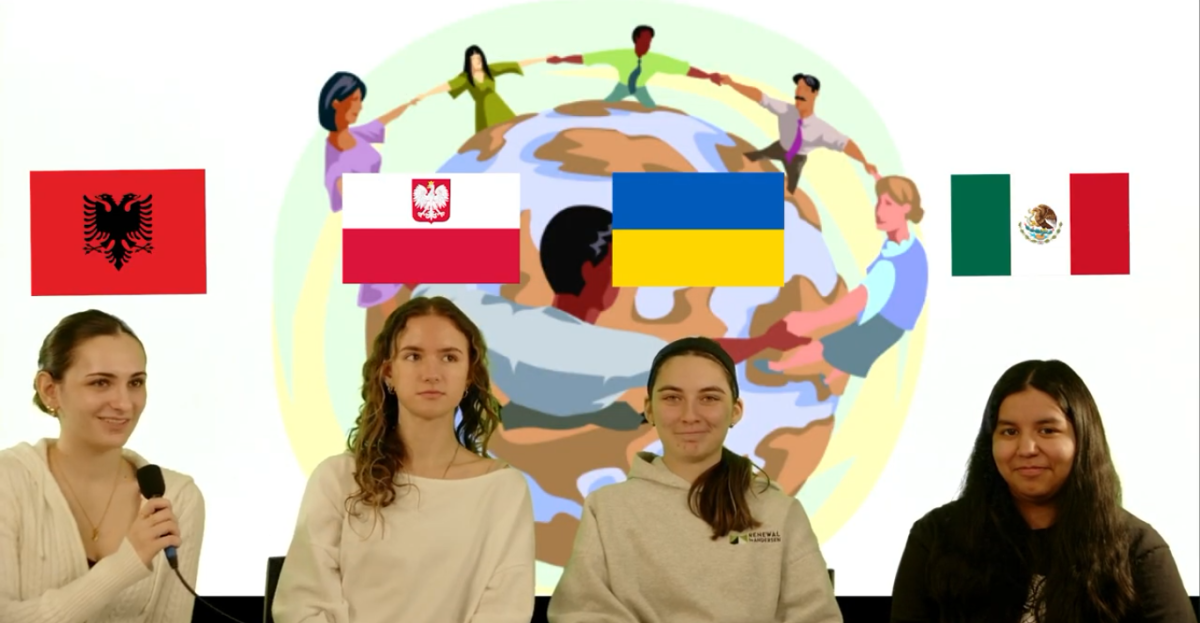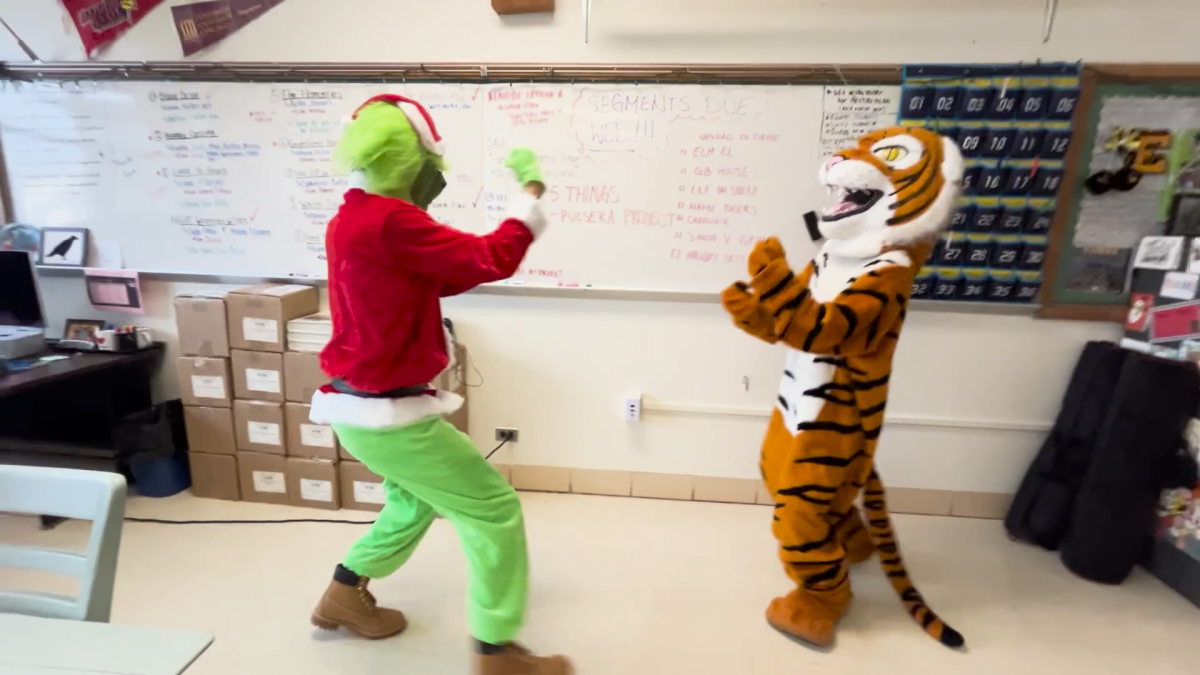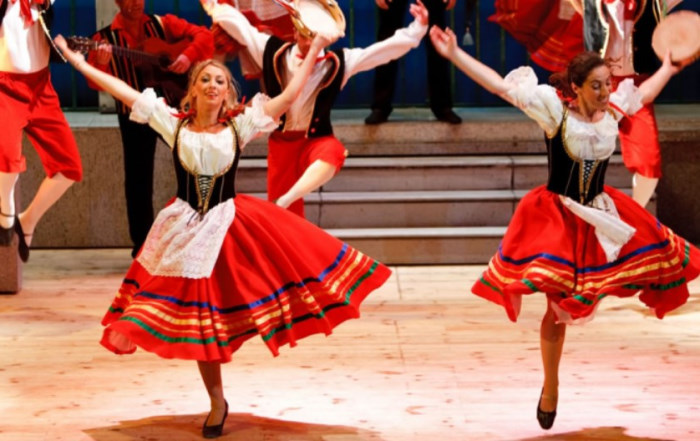There are numerous legends, stories, and folklore from around the world that connect us to our own and other cultures. Italy is no exception. Traditional Italian country customs and festivals are authentic, though not designed for tourism. They have real historical roots and come from communities with strong identities.
La Befana
La Befana is a cherished figure in Italian folklore, celebrated as a symbol of Christmas. She is often depicted as a benevolent, elderly woman who embarks on a journey on the night of January 5th, also known as the Epiphany, to bestow gifts upon children throughout Italy. Legend has it that La Befana was visited by the Wise Men as they made their way to see the infant Jesus. Despite their invitation, she declined to accompany them. Filled with remorse afterward, she set off on a quest to find baby Jesus independently. Although her search proved futile, she continues to roam every year, leaving gifts for children in the hope that one of them might be the baby Jesus.
The Tarantella
The Tarantella is a lively and energetic dance that continues to be a beloved tradition in Italy. According to legend, the dance originated as a remedy for women who had been bitten by a tarantula. It was believed that the venom could only be expelled from their bodies by dancing with unrelenting fervor until they collapsed from exhaustion. Today, the Tarantella is a cherished and vibrant dance often performed at weddings, festivals, and various other celebratory events throughout Italy.
Princess Rosette
Princess Rosette, the daughter of the king and queen, was blamed for her brothers’ upcoming deaths when fairies said she would cause their misfortune and was locked away in a tower for her entire life. After the king and queen passed away, her brothers, who had become the new king and prince, set her free. She was amazed by everything she saw, especially a peacock. Upon learning that people sometimes ate peacocks, she vowed to only marry the King of the Peacocks and protect her subjects.
Her brothers set out to find the King of the Peacocks and were eventually directed there by the King of the Mayflies. They showed the king a portrait of Rosette, and he agreed to marry her if she was as beautiful as her portrait but threatened to kill them both if she was not.
When the news reached Princess Rosette, she embarked on a journey with her nurse. However, the nurse bribed the boatman to throw the princess, along with her bed and her little dog, into the sea in the middle of the night. The bed, made of Phoenix feathers, floated, but the nurse substituted her daughter in place of the princess. The enraged king was on the verge of executing her brothers when they convinced him to give them seven days to prove their innocence.
Princess Rosette woke up and believed that the king had decided not to marry her and had her thrown into the sea. An old man found her on the shore and took her in, but he could only offer her meager food. The princess sent her dog to the best kitchen in town, where the dog stole all the food being prepared for the King of the Peacocks. This continued for several days until the Prime Minister discovered the dog and followed it back to the hut, where they found Rosette and the old man. The king realized that she was his true bride and released her brothers, marrying her.
These are three out of several wonderful folklores written in Italy. These stories told to children by the older generations are cherished by many and will continue to be beloved as the years go on! Discuss these wondrous tales with your friends, research them, and read other tales from other cultures, including your own, to expand your worldly knowledge!





















